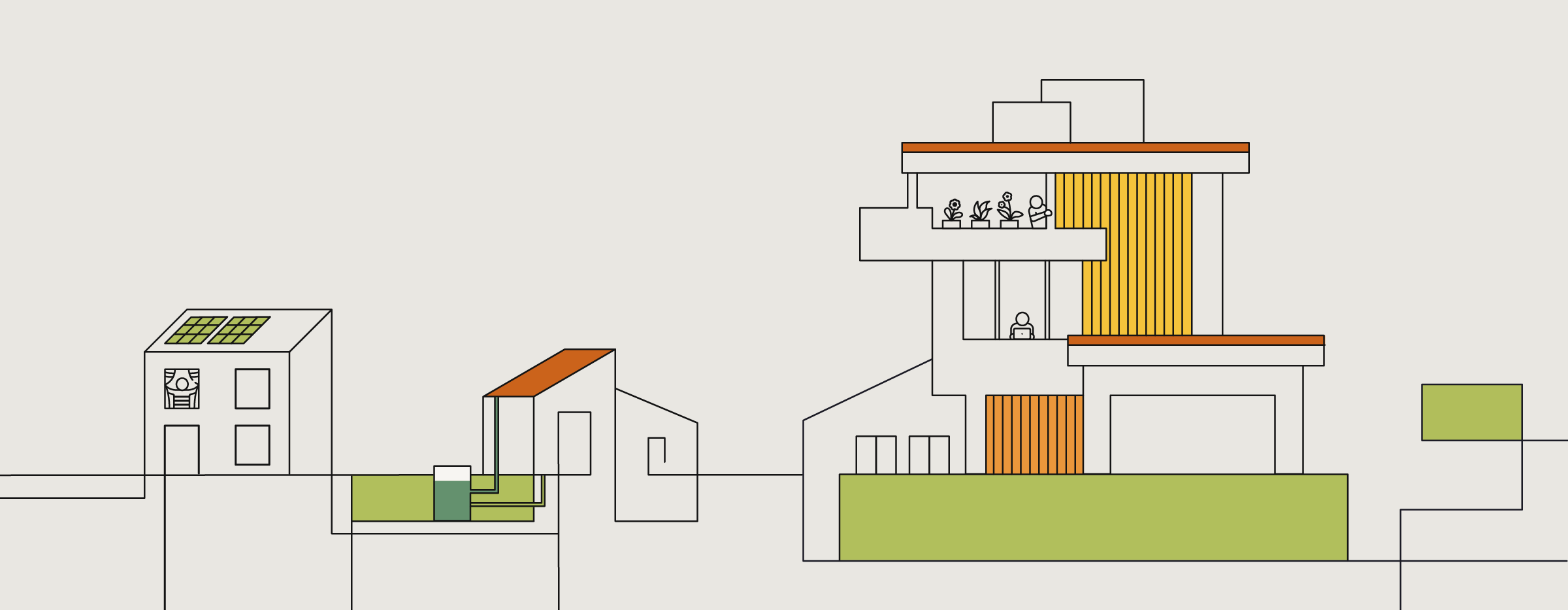Communication and dissemination – what do these terms actually mean? While most of us understand that they involve sharing information with the public, the specifics can be unclear. Communication is a familiar concept, but dissemination often requires further explanation. Let’s explore what dissemination entails, how it differs from communication, and – most importantly – how we’re ensuring the success of SIRCULAR’s communication and dissemination efforts!
Communicating project ambitions and activities
In the context of European projects like SIRCULAR, communication refers to the spreading of general information to the broad public. In communication, we use easy-to-understand language, replacing or explaining highly technical words that might only be understood by experts or construction professionals. The goal is to communicate our project ambitions, activities, and key messages to an audience as wide and diverse as possible. In SIRCULAR, we especially target the end-users of our four demonstrator buildings – people living, working, or studying at the demo site buildings in Estonia, Germany, Greece, and Spain. We use a mix of traditional tools like flyers and press releases, alongside modern approaches such as digital or hybrid workshops and events, videos, and social media activities.”
And what about dissemination?
When you search for the term ‘dissemination,’ you might initially come across its general definition, but in the context of European Commission-funded projects like SIRCULAR, it has a more specific meaning. Here, dissemination refers to sharing (technical) information with a specialised audience. In other words, we communicate scientific or technical details, results, or methods using professional language to an audience familiar with the subject. This can include scientific publications, technical articles, webinars, workshops, or site visits.
SIRCULAR golden rules to communication and dissemination
Now that we’ve established what communication and dissemination mean, let’s explore how we can make these activities truly successful. We believe there are three key principles to follow:
First, we tailor our activities to our target audiences. Each time we plan our communication, we need to customise them to fit the specific needs of our project and the audience we’re addressing. This means we can’t simply reuse strategies from other projects or copy-paste previous plans. Instead, we must ask questions like, “What is the core message of SIRCULAR, and how do we want to communicate it?” or “Which groups do we want to reach with this activity, or with the project as a whole?” Based on these answers, we can choose the right tools and activities. Otherwise, our project risks being overlooked, and the valuable results of SIRCULAR won’t reach the right people who can benefit from our solutions.
Second, collaboration is key. All partners need to work together to make the communication efforts a success. As communication and dissemination leaders, we are responsible for planning and managing activities, such as creating a recognisable brand, developing an intuitive website, and designing visually appealing promotional materials. However, the success of these efforts depends on the entire consortium, which contributes by providing regular updates, sharing project materials, and engaging in social media, newsletters, and other activities. Only through strong collaboration can we ensure high visibility for the project and effectively communicate, disseminate, and ultimately leverage SIRCULAR’s results.
Third, stay current with communication trends. To stay relevant, we must continuously update ourselves on the latest and most effective communication tools and methods. For example, a decade ago, no one would have predicted how heavily today’s communication relies on sharing short videos to promote project outcomes, rather than just text. The world is evolving rapidly, and to keep up, we need to stay informed about the latest trends and technologies. Only by doing so can we avoid falling behind and ensure our communication strategies remain effective.
A glimpse into our project journey
Of course, communication and dissemination are just a part of what makes a project like SIRCULAR successful! To learn more about the efforts of the 22 SIRCULAR partners working to decarbonise buildings across Europe, be sure to check back for the latest updates on our website. Regularly, a different project partner will take the lead to share their insights, goals, and activities.
About Steinbeis
Steinbeis Europa Zentrum is the work package leader of WP6 “Outreach, replication and exploitation” within SIRCULAR. Through our involvement as either partner or coordinator in more than 80 projects in 2024, Steinbeis supports consortia in transnational technology transfer, organises international conferences and information days concerning European research and innovation programmes, promotes projects via diverse dissemination and communication measures as well as supports partners with successful exploitation of the project’s results.
Author: Steinbeis Europa Zentrum

